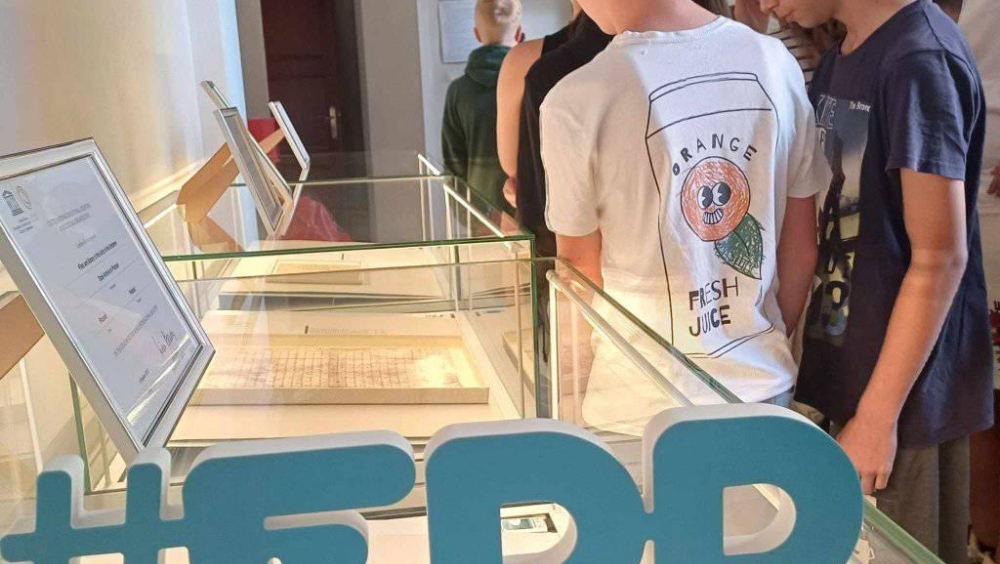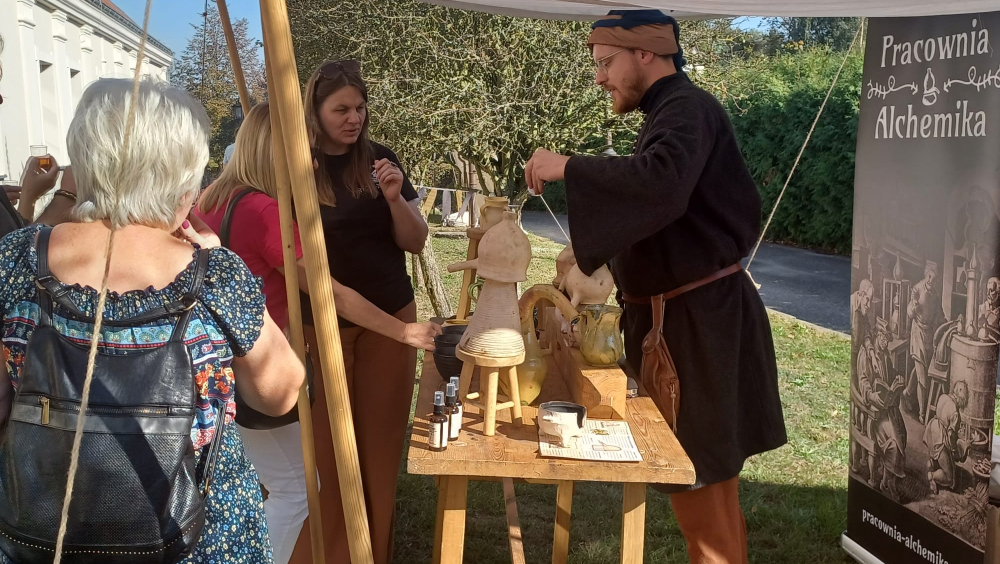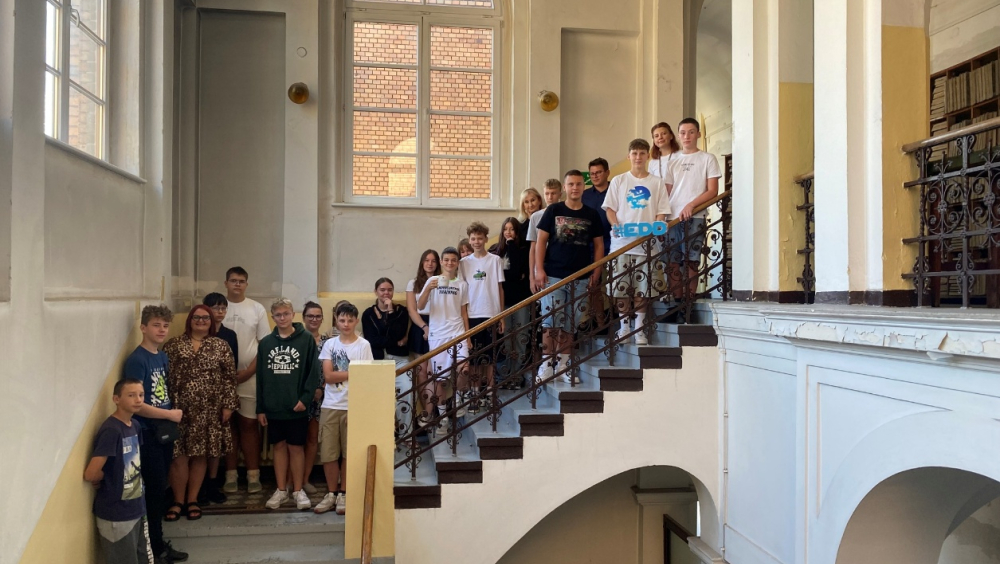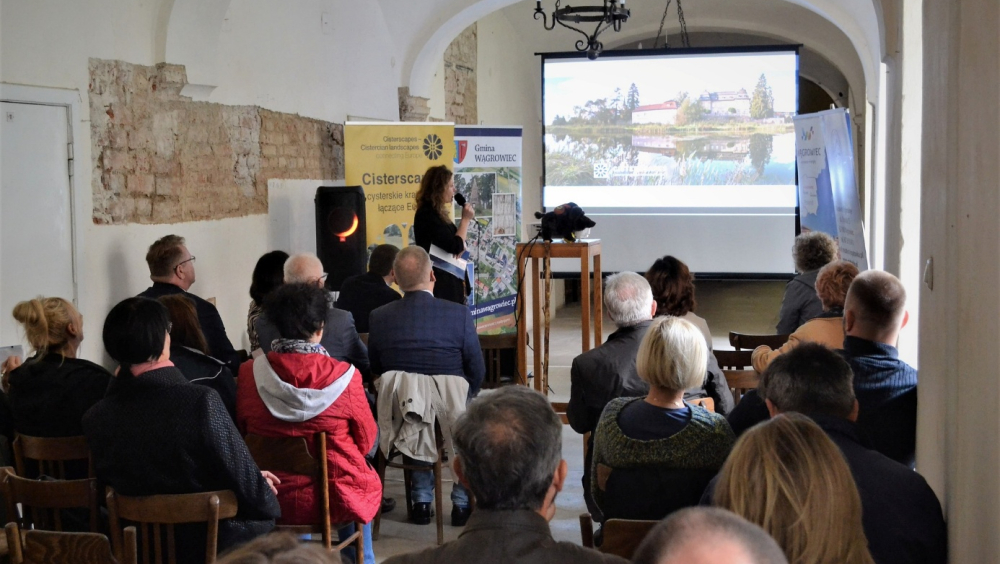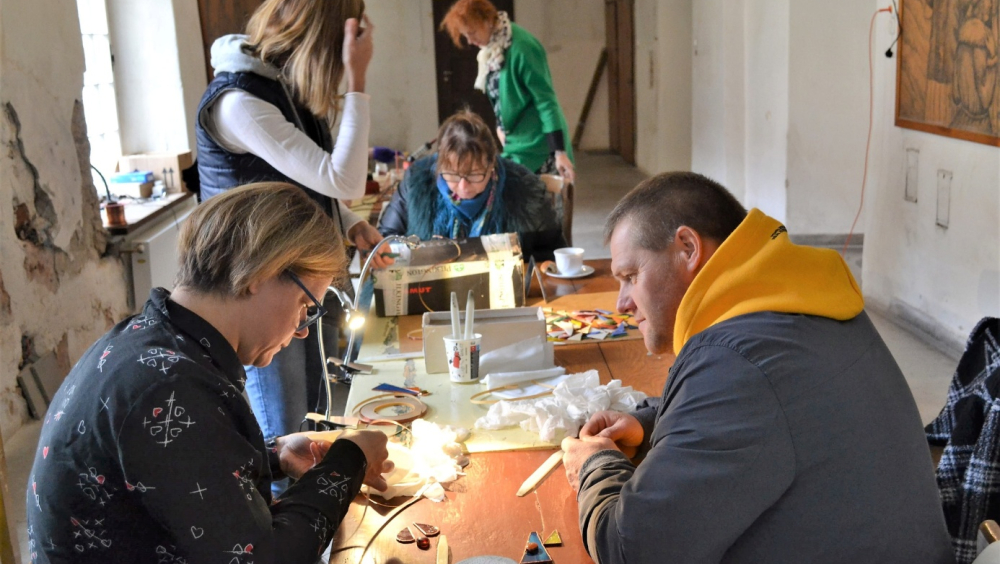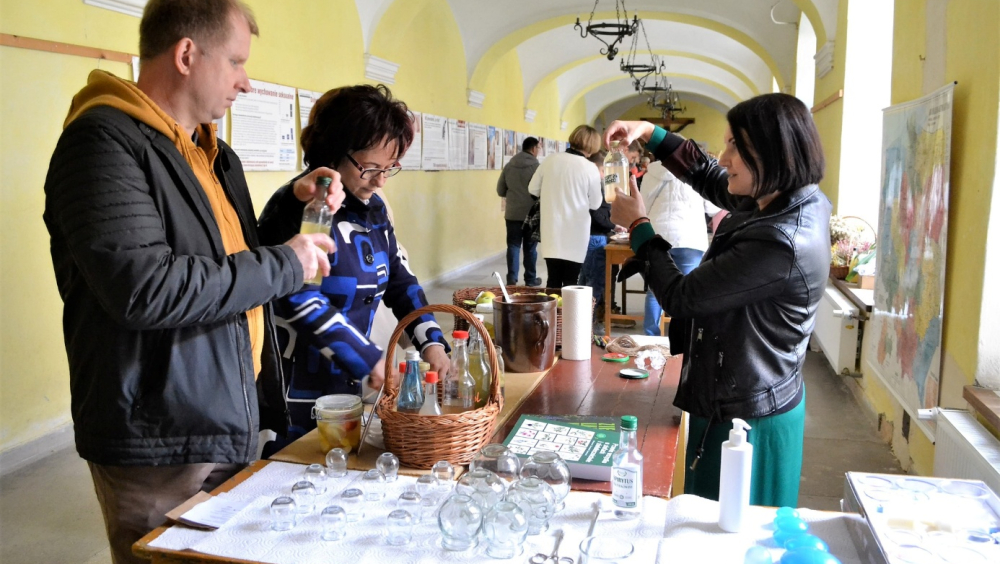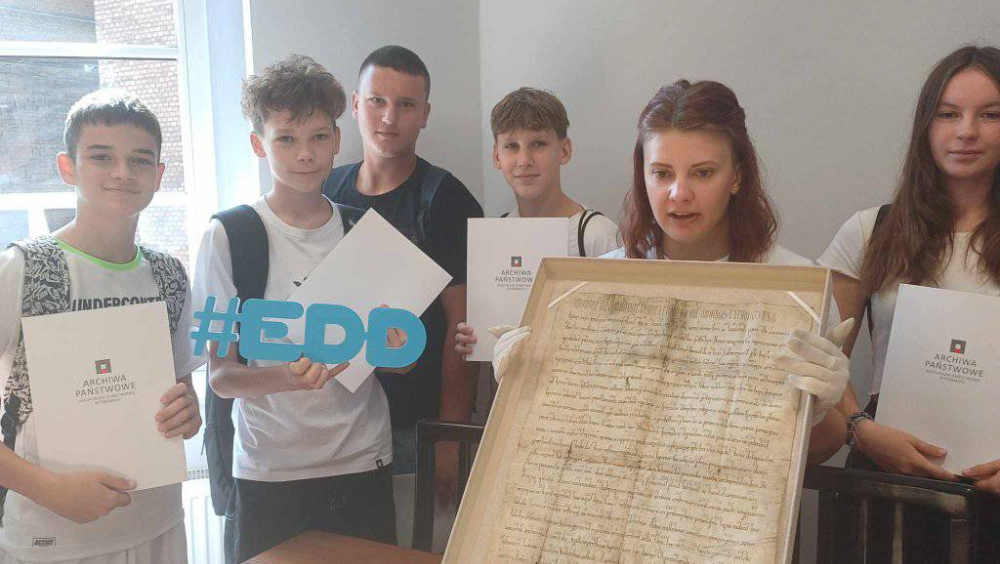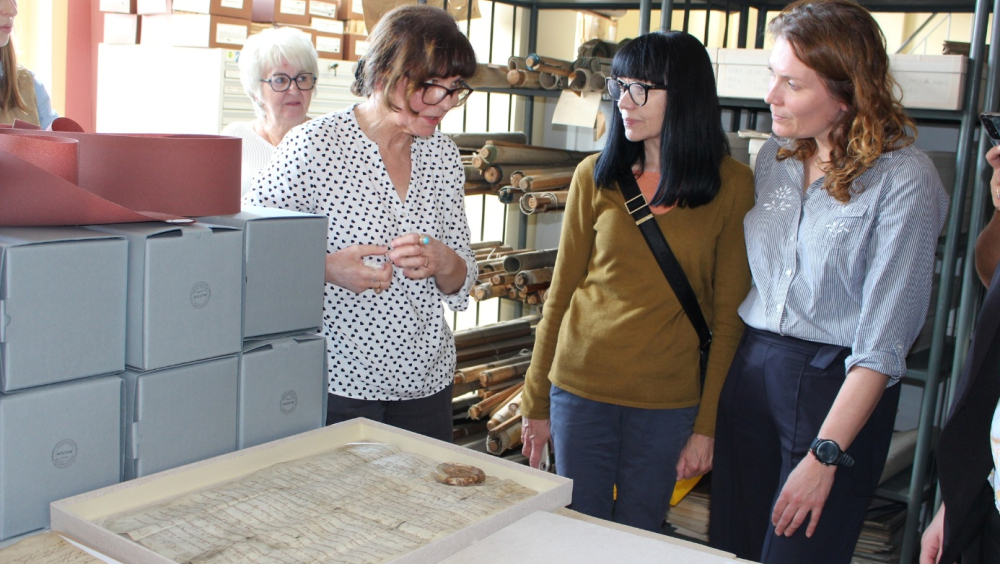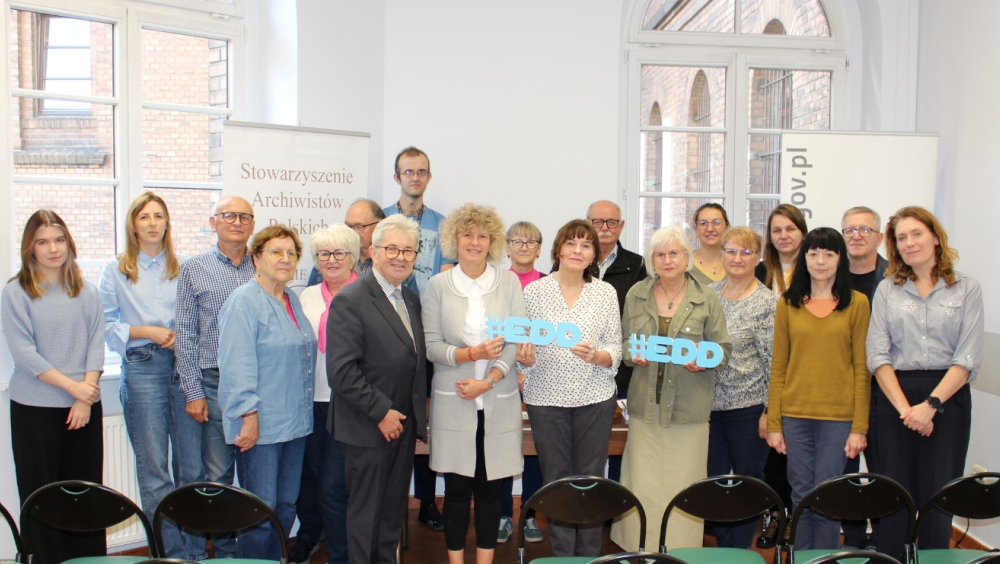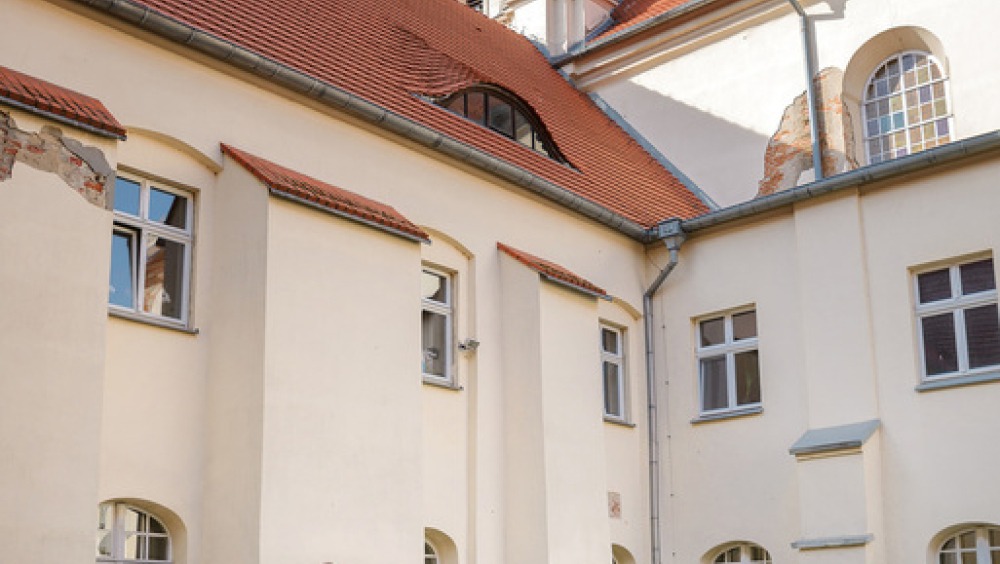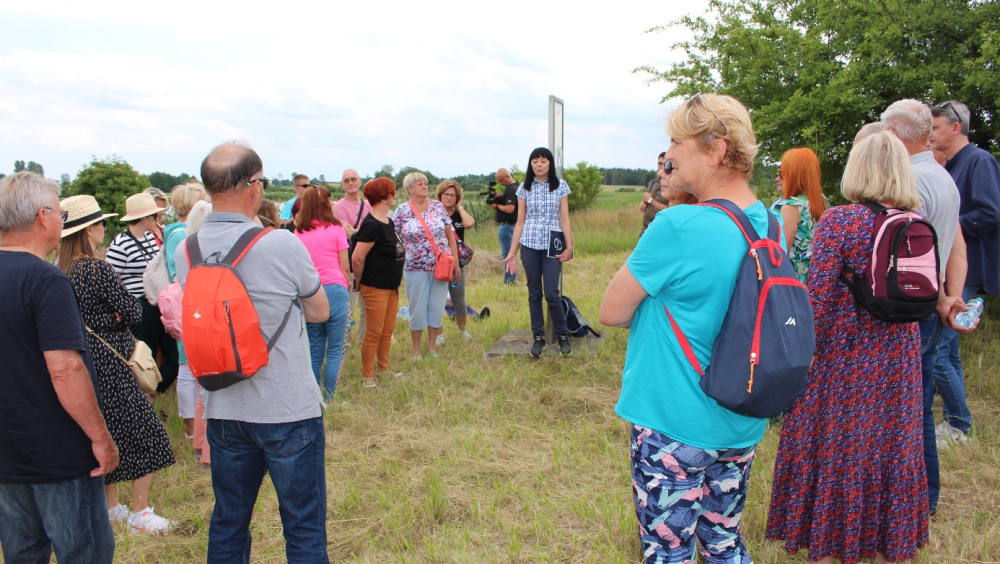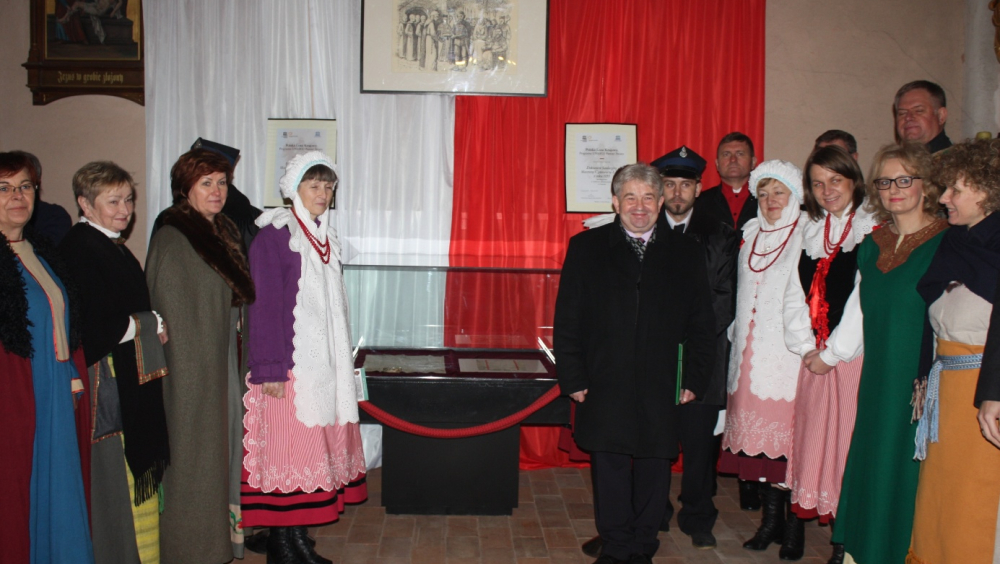Zbylut's story - Cistercian heritage a way to the European future
Zbylut – komes titled, the senior of the Pałuki family in 1153, during a great convention attended by the most dignified representatives of the time, including the Archbishop of Gniezno Jan, the Bishop of Poznan Stefan, Prince Mieszko III the Old gave his property to the Cistercians to create a place of their residence in Łekno for constant prayer for the Church and the faithful.
The Cistercians today can be seen as forerunners of the “unification of Europe.” Monasteries were scattered throughout Europe, and the abbots, once a year, were obliged to travel to Citeaux in France - the site of the first abbey - for a meeting of the general chapter. This was an opportunity to exchange ideas, opinions on current events in Europe and even agricultural news. Looking today at a map of Europe with Cistercian monasteries marked on it, one can see how powerful the order was and the cultural wealth it left behind. The monks settled in uninhabited places, where, with the help of founders such as Zbylut, they erected monasteries and churches with their hard work. Around the monasteries, settlements and later even towns were formed over time. The status of the first independent abbey in Poland was given to Łekno - unfortunately, its relics today lie deep underground. We wouldn't know much about them if it weren't for the archaeological research conducted by the Archaeological Expedition “ŁEKNO” in 1982-2007, under the direction of Prof. Andrzej M. Wyrwa. After the building disaster, in the 1490s, an area located in the western part of today's Wągrowiec was chosen as the new home of the Łekno Abbey. This is how the Łekno-Wągrowiec monastery was established.
Zbylut's document is the oldest foundation document for a monastery in the Polish lands, created in the Polish chancellery. For the first time, the document uses the term referring to nationality “Poloniae civis” - “I, a Polish citizen”. Following his example, other abbeys began to be founded in the Polish lands, and the “gray monks”, as the Cistercians were called, were for a long time a model to follow. Thanks to them, too - through their filial connections and centralized form of organization, Lekno and the Polish lands were very closely integrated into the cultural space of Western Europe.
To our time, this unique document has been preserved in three copies - two originals from 1153, called “Poznań” and “Gniezno I”, as well as a copy imitating the original Poznań document from around 1191-1198.
On November 4, 2016, the document was inscribed on UNESCO's Polish National Memory oft he World Register, while on November 26, 2016, after 863 years, there was a great “peregrination of the Zbylut document to its source” - to the place where it was given by the founder to the Cistercians.
At this point, our shared history with Zbylut began....
After the festivities, in which we participated both in organizing and walking in the footsteps of Zbylut in medieval costumes, through the streets of Lekno, we felt the need to get involved in a project that could increase the possibilities for promotional activities and making people more aware of the importance of the role of cultural and European heritage.
At the time, we didn't yet know that in a few years, a discovery would be made at the site, shedding new light on the history of Lekno by uncovering one of the longest sections of medieval roads in Poland. In 2021, as part of the revitalization, a 250-meter-long section was uncovered during ongoing earthworks, representing a section of the medieval town's main thoroughfare, from the bridge over the Nielba River, through the market square, and up to the parish church. Despite the loss of its city rights in the 19th century, Lekno, once an important market and administrative center on the route between Greater Poland and Pomerania, gained new importance thanks to a wooden road from the 15th century. Dendrochronological studies have indicated that the wood from the second level of the road dates back to 1445, just one year after the town was re-located. Subsequent levels, from 1462 and later, are related to municipal investments and changes in the city's owners after the armed occupation.
Believing that the spirit of Zbylut favors us - in June 2019 we received an e-mail from Bamberg (Germany) with a proposal to join the international project entitled “Cisterscapes - Cistercian landscapes connecting Europe”. Thanks to a joint decision made with the then authorities of the City of Wągrowiec and the Municipality of Wągrowiec, as a partner of Łekno/Wągrowiec we are the only representative of Poland among the participants of 17 centers from Germany, the Czech Republic, Slovenia and Austria. The aim of the project is to promote Cistercian cultural heritage, create the hiking cultural trail - Cistercian Way and obtain the European Heritage Label - a recognition awarded by the European Union to sites that have played a special role in shaping the history and culture of Europe.
The inventory of the post-Cistercian landscape we undertook covered heritage elements within a radius of several dozen kilometers around the monastery centers. In addition to the monasteries, the most important features of the post-Cistercian landscape include water canals, mills and ponds, old vineyards, extensive forests, manors, old pilgrimage routes and chapels, former official abbey mansions with gardens and other buildings.
By taking part in European Heritage Days, we try to bring people together in a common celebration centered on local heritage. All the more valuable today, when we feel how easily it can be lost.
We undertake a variety of activities, among which was the event of great interest concerning the donation of a replica seal of the Wągrowiec convent from the 1746 to the Regional Museum in Wągrowiec by the director of the State Archives in Poznań was of great interest.
In the cloisters of the current Pauline Monastery (the former seat of the Cistercian monastery) in Wągrowiec, presentations and workshops on herbal medicine and stained glass making, demonstrations making of monastery liquor and forge classes are held.
In the monastery church, during organ concerts, its interior is filled with the music of old European masters including works by the monk Adam of Wągrowiec - a Polish organist and composer who hailed from the Cistercian monastery in Wągrowiec. The cloister garth garden, meanwhile, resounds with the sounds of zithers.
Participation in the project “Cisterscapes - Cistercian landscapes connecting Europe” meant that, like the Cistercians before us, we took part in meetings held in individual centers across Europe. Our network of cooperation is guided by the motto of the European Union “United in diversity”. We see many similarities, but also differences in the way we currently approach the promotion of these sites. That's why we think it's necessary to have cooperation between the post-Cistercian centers aimed at increasing awareness of the common historical cultural landscape and its promotion.
We felt great pride, but also motivation to continue further activities and to look for new areas to explore our common European roots, when after five years of joint activities, on April 11, 2024, the European Commission announced the list of new sites to receive the European Heritage Mark in 2023, and among the nominees were the Cistercian landscapes of the centers implementing the project “Cisterscapes - Cistercian Landscapes Connecting Europe,” including the landscape of the Łekno-Wągrowiec monastery.
Our mission, as a team, is to promote and strengthen local identity through its indisputable heritage, through intercultural dialogue and mutual exchange of human values, with the direct involvement of youth, schools, the elderly and all those who are involved in various ways in the socio-cultural network, always ensuring integration and accessibility. To this end, we have undertaken a program of activities that include: guided tours of places where traces of heritage are preserved, trips to the National Archives in Poznan, allowing direct contact with Zbylut's foundation document, handcraft workshops, lectures, conferences, exhibitions, publications and media coverage.
We cooperate with countries such as Germany, the Czech Republic, Austria and Slovenia by building networks, exchanging ideas and promoting cultural heritage. We cooperate with local, regional and national cultural institutions, non-governmental organizations, National Association of Cistercian Communities, tourism clusters including the Tourism Cluster Piast Trail in Wielkopolska and tourism organizations and schools (competitions, workshops about the history of Cistercian).
Our activities are of a long-term nature, we want to prepare with the Regional Museum in Wągrowiec a permanent exhibition on the history of the Cistercians, create information boards and virtual tours of selected places in the landscape. We would like tourists to gain better access to Cistercian landscape sites. We plan to develop an educational offer with an emphasis on environmental protection and a multilingual application and a special website. To this end, we will make uniform signage within the Cistercian landscape and initiate activities to make the archaeological site in Łekno accessible for educational and tourist purposes.
All the activities we undertake and implement aim to make each of us, appreciating the pan-European significance of the document, paraphrasing the words of Zbylut: “I, a Polish citizen ” can say: “I, a European citizen”.
